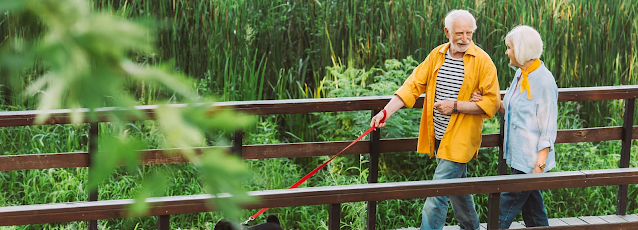Health Design Lab
We are a design and research lab based at the Department of Civil and Environmental Engineering, Korea Advanced Institute of Science and Technology (KAIST) using design to improve the health and well-being of individuals and communities. We believe that well-designed built environments can enrich individuals' lives and contribute to the broader society. In order to provide better built environments to communities, we are dedicated to rigorously researching the relationships between space and people, with a primary goal of improving users’ health and wellbeing through design. Addressing emerging social issues, we investigate and analyze various areas in multiple scales from tool development, facility planning, architectural/urban design, and guideline development. Current research topics include healthy community design, design strategies for aging-in-place, and healthcare facility design for improved teamwork and health.Led by Dr. Lisa Lim, we work as a multi-disciplinary group closely interacting with healthcare professionals, psychologists, designers as well as experts in other disciplines.
Research
Improve Health and Safety in Healthcare Settings
- Healthcare settings can be stressful for both patients and healthcare professionals. Built environments play significant roles in improving the safety and health of such vulnerable users in healthcare settings. The design of health facilities can reduce mortality rates of high acuity patients, and burnout of healthcare professionals. Furthermore, purposefully designed spaces can support the prevention and treatment of infectious diseases. Built environments can decrease the opportunity to contact contagion by providing ample and clean airflow, by building an effective system, or by designing spaces that are conducive to infection control. Designed spaces can also regulate interpersonal relationships and ensure social distancing between users. It can define the way people talk to each other, dine together, learn together, and so on, and provide safer environments.
Support Teamwork and Communication
- Built environments regulate how we interact with others. It can promote interactions and encounters among users, which can improve their teamwork. Many organizations, especially healthcare organizations are emphasizing the importance of teamwork for improved performance and safety. Our research has shown that certain design strategies, including co-location, proximity, and visual connections, improve the teamwork experiences of employees. We aim to identify and provide design strategies for supporting teamwork, health, and safety at the same time, especially during the pandemic when physical distancing is needed.
Create Age-friendly Communities
- The world is aging, and built environments need to change. While 77% and 76% of people age 50 and over want to remain in their community and current residence as long as possible, respectively, they need to re-locate themselves due to the financial burden, inaccessible, and inflexible design features. Furthermore, the social isolation of residents is a serious health risk, especially for the older adult population.
- Age-friendly cities and communities that provide affordable housing options, spatially support all persons, allow changing needs of households, and connect the residents to the broader community can support us to live well and age in place. We are investigating multiple settings, including living environments and public spaces, to identify programmatical and physical design strategies for communities where people of all ages and conditions can age in place.
Design Health and Human-centered Environments
- Through research projects, we have found that certain spatial features can support students to study more efficiently, patients to be treated more effectively, employees to have more restorative breaks during the workday, and team members to communicate more often, among other things. These findings illustrate practical implications for improving user experiences through design in various settings.
Evaluate Design from Users’ Perspectives
- Built environments regulate how we interact with others. It can promote interactions and encounters among users, which can improve their teamwork. Many organizations, especially healthcare organizations are emphasizing the importance of teamwork for improved performance and safety. Our research has shown that certain design strategies, including co-location, proximity, and visual connections, improve the teamwork experiences of employees. We aim to identify and provide design strategies for supporting teamwork, health, and safety at the same time, especially during the pandemic when physical distancing is needed.
Analyze and Quantify Space
- Built environments regulate how we interact with others. It can promote interactions and encounters among users, which can improve their teamwork. Many organizations, especially healthcare organizations are emphasizing the importance of teamwork for improved performance and safety. Our research has shown that certain design strategies, including co-location, proximity, and visual connections, improve the teamwork experiences of employees. We aim to identify and provide design strategies for supporting teamwork, health, and safety at the same time, especially during the pandemic when physical distancing is needed.
Develop and Refine Research Methodology
- We believe the power of putting people first for designing better built environments. We put efforts into understanding both “space” and “people” in it. In order to expand analytical capabilities of the field, we have developed multiple research tools that allow researchers and designers to analyze and visualize how people behave in space, and how people experience space. These tools were found to be effective methods not only for identifying spatial use patterns but also for facilitating communications between designers, researchers, and the real-users.







Comments
Post a Comment